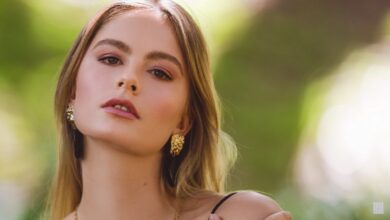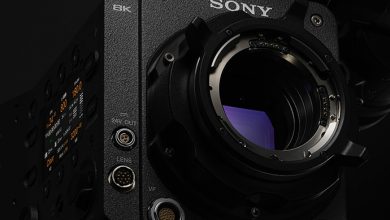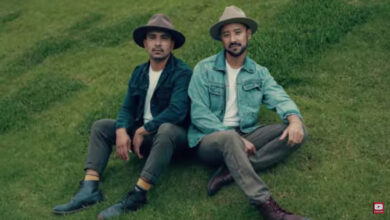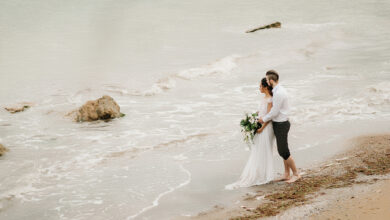Which Camera And Lens Do I Use For Professional Photography?
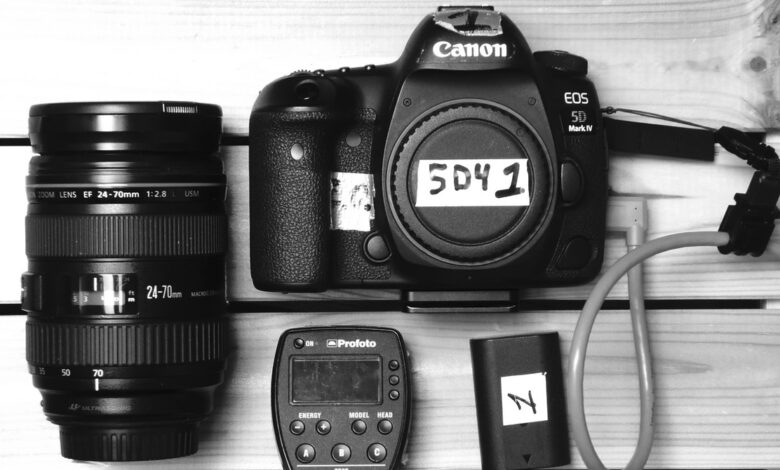
As a professional photographer, I use quite a few different devices to make my shots, from cameras to lenses, to docking stations, solid state drives, and lights. In this series of articles, I’ll tell you exactly what gear I use and why, starting with the camera and lens.
The camera and lens combo you use will definitely have an impact on how your images look. It’s basically the heart of photography. Without photographic equipment, you cannot do any work.
Camera body
Canon 5D Mark IV
The last DSLR of Canon’s 5D series, this DSLR released in 2016. It captures 30.1 megapixel photos, plenty to capture in detail. The low-light performance of the camera is also quite excellent, even in 2022. In my opinion, you can push the camera to ISO 12,800 and get acceptable images. If you’re going beyond that, you’re probably shooting in the dark. I used ISO as high as 6,400 for a large print job and no one noticed. The 5D Mark IV is a full frame camera, which means it produces images with better color depth and accuracy. Personally, I prefer shooting on a full frame sensor, as it sits perfectly between the crop sensor and the expensive medium format.
The 5D Mark IV is a camera that I use most of the time for work that won’t benefit from extreme detail. This could be a magazine shoot or a social media shoot for an influencer. If I know that the image won’t be significantly cropped, I also use 5D Mark IV. Another use for the 5D Mark IV is in general photography. While not a camera I carry around every day, it is a must-have for travel and other personal occasions.

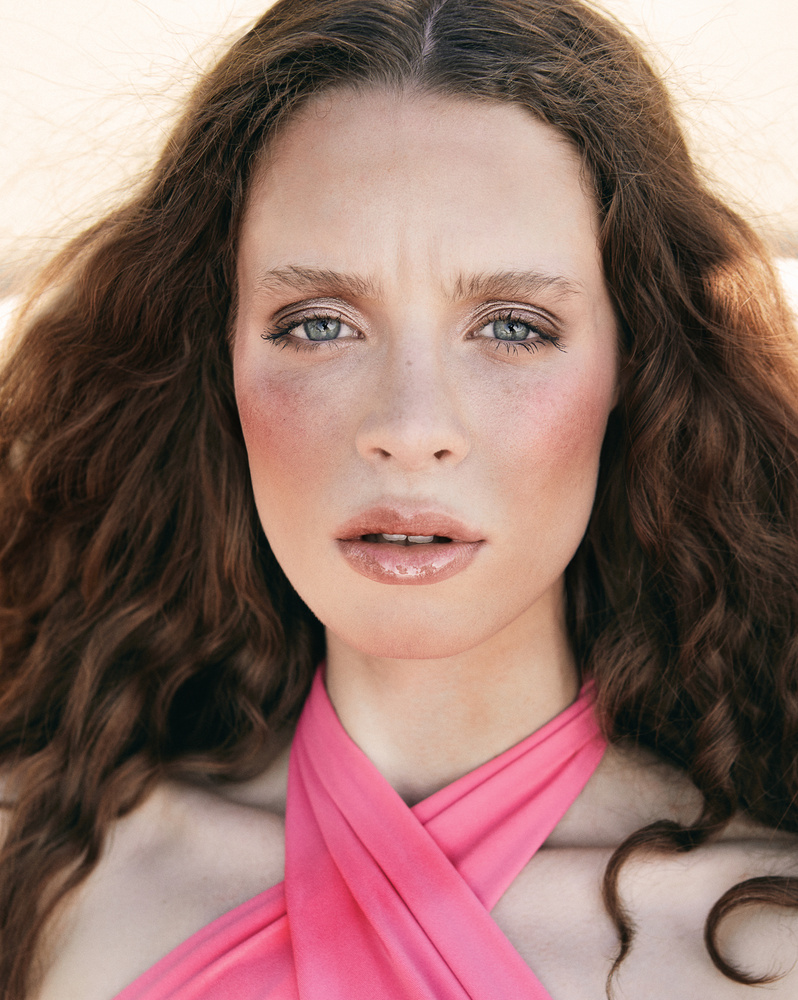
The 5D Mark IV is also the camera I use for video recording. Though it’s easily beaten by whatever Canon has come up with then, especially EOS R5 or even R6, it’s still tolerable for head-to-head talk, conferencing, or anything that doesn’t require a high frame rate. It is a great B camera, especially with C-Log installed. Because the video work I usually shoot on the 5D Mark IV doesn’t necessarily require crazy color, I didn’t bother setting it up. Simply put, projects that don’t have the funds to rent a video camera rig are all done with the 5D Mark IV. Those clients weren’t looking for an award-winning cinematic colorist. They look for a video.

If I know I’m doing a professional job and I can only carry one body for whatever reason, the 5D Mark IV is the body I’m shooting with. It combines both full video specs that I can shoot a small-scale commercial with as well as comprehensive good photo specs that will get me most, if not all, of the job done.
Canon 5DS
When the job is more demanding on image quality or I know that I will be doing an artistic print of the image, I tend to turn to Canon 5DS. This camera has its own quirks, it’s much more suitable in terms of application and conditions have to be perfect. I find using Canon 5DS like using Hasselblad: for the best job, with the best conditions.
Because the camera has a high resolution, it is of course not good for a performer in low light. There’s a reason it’s called the 5DS: it’s used in the studio. The most usable ISO on this camera is 800, although since my images are often grainy, I don’t mind pushing the camera beyond. Another important thing to know about a camera that works with such a high resolution is that it captures amazing details, including slightly off focus, blur, chromatic aberrations, sensor dust, and other artifacts. other disadvantages. The technically best images I got with the 5DS were taken entirely with high-end studio flash.

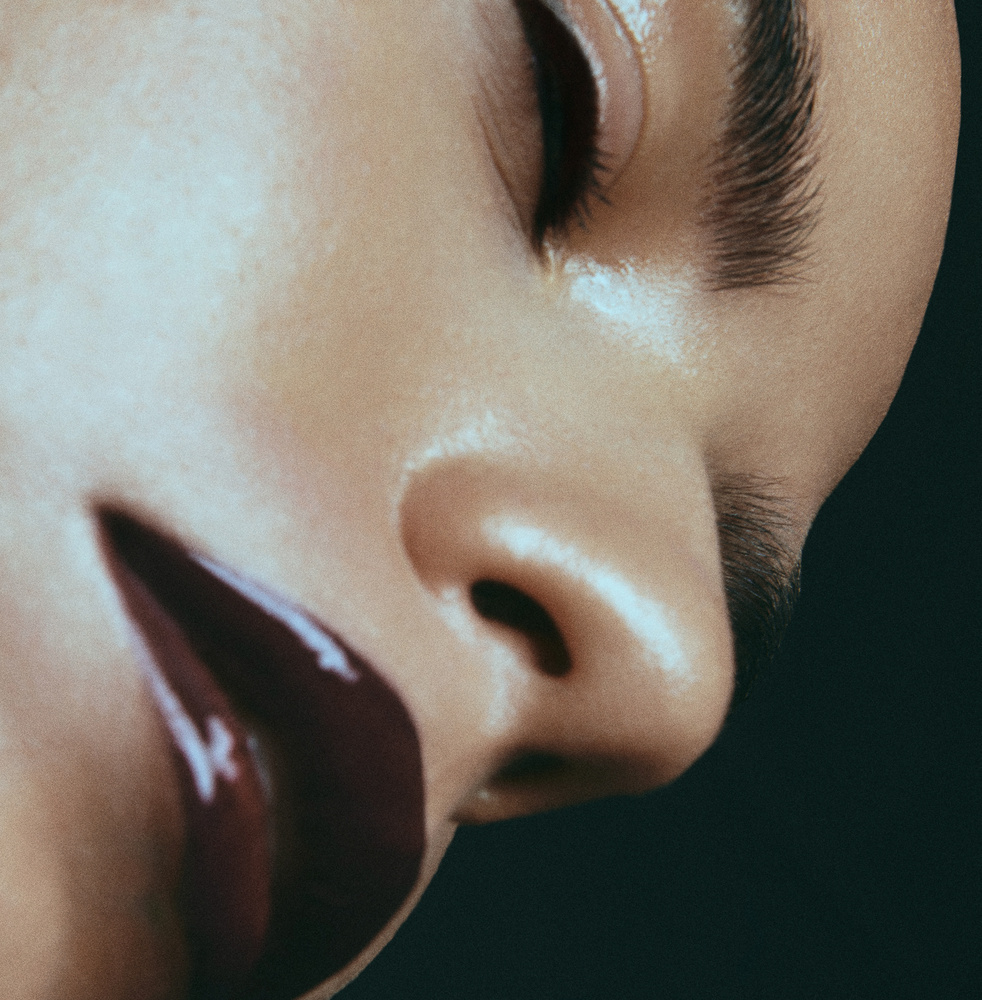 This is a still camera, although it can record video. This might be the last camera you want to use for video recording. Choose the older but much cheaper 5D Mark II for video, or invest in something other than a video potato, such as the EOS R5.
This is a still camera, although it can record video. This might be the last camera you want to use for video recording. Choose the older but much cheaper 5D Mark II for video, or invest in something other than a video potato, such as the EOS R5.
Lens
I bought into the hype of the “divine lens trio”, as you can very well see from my listing. It’s a good collection of lenses, but if I had to buy all my lenses again, I’d do it differently. Stay tuned for that post. It will be released soon. But, let’s talk about lenses.
Canon EF 16-35mm f/2.8 II
This is the least used lens in my arsenal. I tend to get it out when I’m taking full-body shots and want a little weirdness with the angle. Typically, this lens is used for 4K video on the 5D Mark IV, because the camera cuts the video output. Below you can see a few pictures I made with 16-35mm f/2.8mainly at the wider end of the zoom range.
I can’t really say much about this lens, as it hasn’t been used much. If I were to be honest, I would probably sell this lens if it weren’t for those selective times where wide-angle distortion was exactly what I needed. Today, I will receive 11-24mm f/4 or even EF Fisheye 8-15mm f/4because I quite like aesthetics.
Canon EF 24-70mm f/2.8
This lens deserves a separate article, as it has captured quite a few of my portfolio photos and commercial stills. Honestly, when I bought it, I was pretty overwhelmed, as I found a boring lens that didn’t give an interesting wide angle or smooth bokeh at the telephoto end. The zoom range is also not impressive compared to 24-105 f/4 IS.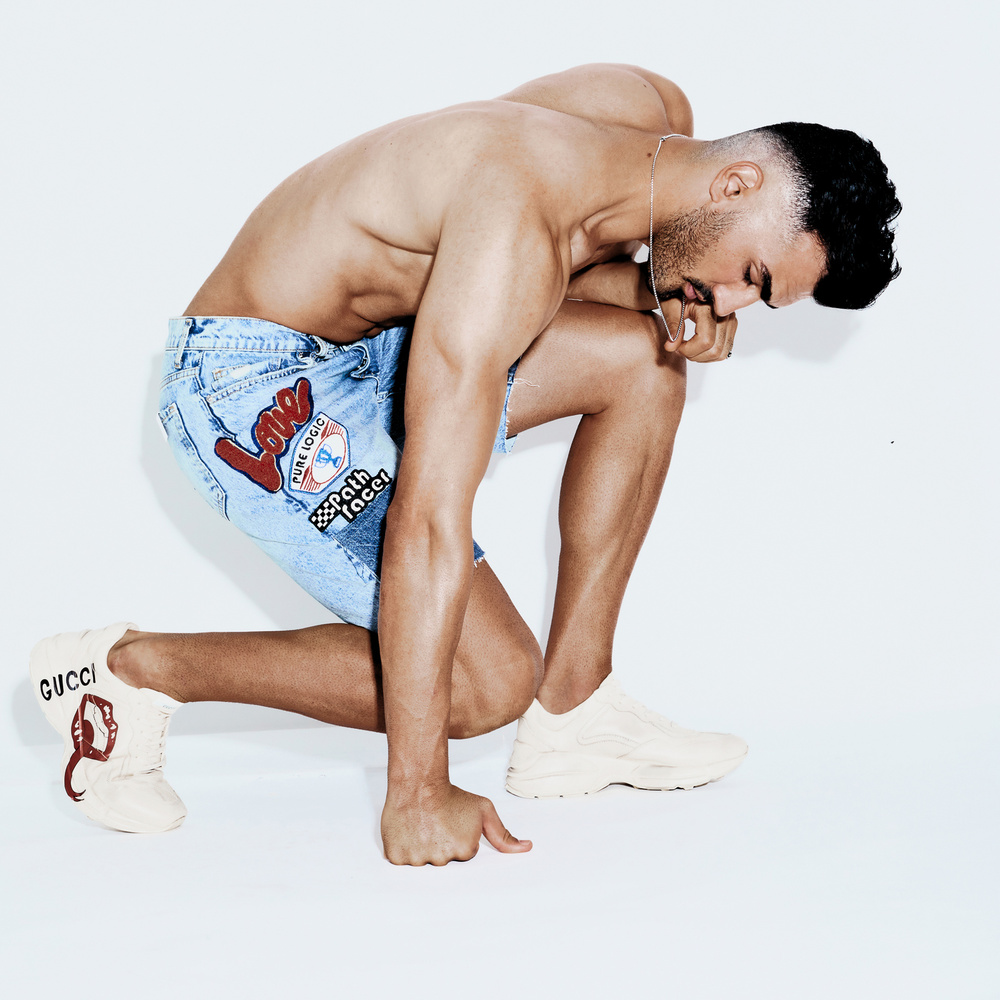
I use this lens mainly in the 45-55mm range. This is not an intentional choice, but a subconscious choice. Of course, I use lenses at other focal lengths, but it’s much less frequent. This lens is quite old, but not the oldest in my arsenal. While it’s good for both video and stills, it’s not the sharpest or most accurate by any means. If you want top performance, steer clear of Canon and head for Zeiss. They are famous for their performance. Again, though, try to justify this upgrade, because Canon’s trusty zoom lens from last decade will do most of the work. That said, I will upgrade 24-70mm when my current one failed completely. So far, it has dents all over the body, it has been subjected to a lot of physical abuse, and I can’t zoom to 70mm on it anymore. However, the aperture works, the zoom range mostly works, and the weather resistance, well, let’s not test that. I had it in the snow in Finland, and it worked fine. It also shot in the pouring rain and in the scorching heat. The reliability of this lens, even when I bought it used, is undisputed.
Canon EF 70-200mm f/2.8 IS
This is the second most used lens in my setup. Usually, I use it when I need to go further with video or relatively close to beautify. However, I rarely use it for portraits or full-body shots. This lens is great at giving you the ability to shoot from a great distance, but I always think twice before taking it out for beauty. The reason for that is simply because I like everything to be focused on 70-200mm doesn’t always give me that ability, especially 150mm in the past, even at f/11. If you’re doing pretty fine macro photography, I’d recommend avoiding the 70-200mm and switching to 100mm Macro or 24-70mm. While it may sound counter-intuitive, a shorter focal length will give you more depth of field, so your image is more in focus. I’m talking about all the millions of beauty images where the tip of the nose goes unnoticed. Overall, this is a lens that I also use quite rarely, mainly for placement, and when I can’t get close enough to my subject, this is also rare.

Stop thinking
As you can see, if I could only have one camera body and one lens to shoot all my work, I would choose the Canon 5D Mark IV and the 24-70mm f/2.8. If you are reading this article looking for advice on what equipment to buy and are absolutely ready to have something new, buy it. Canon EOS R5 and a RF 24-70mm f/2.8 and never look back. As boring as this combo is, it’s one of the most useful.

